By Wayne Kruse, The Herald
One of the better winter blackmouth seasons in the past several years is underway on Possession Bar and in the rest of Marine Area 9, according to Gary Krein, All Star Charters owner/skipper in Everett.
“The triangle — Possession, Double Bluff and Point No Point — had a good opener and have held up well since,” he said. “It’s been a much better fishery than we saw here a year ago,”
Saturday creel checks by Washington Department of Fish and Wildlife personnel at the Port of Everett ramp tallied 45 anglers in 24 boats with 22 chinook. By comparison, 45 anglers had seven chinook on the same day at the Washington Park ramp in Anacortes, and 27 anglers had 11 fish at the Ediz Hook Public Ramp in Port Angeles.
Possession is probably the most consistent producer right now, Krein said, particularly on a strong tide. On weaker tides, Point No Point and Double Bluff fish better. Pilot Point and Midchannel Bank are also good bets.
The Area 9 fisher stays open through April 15. Areas 8-1 and 8-2 remain open through April 30 with a daily limit of two hatchery chinook. Marine Area 10 (central Sound) closes this week.
Krein likes 3-inch or 31/2-inch Kingfisher Lite spoons in white or greens, such as Irish cream, Irish flag, or red racer, behind a Gibbs Moonglow flasher and 38 to 40 inches of 25-pound monofilament leader. He puts his gear near bottom in 90 to 150 feet of water, and he says good electronics will pick up individual fish, not necessarily around bait this time of year.
Blackmouth are running from just-legal 5-pounders up to about 10 pounds, with good numbers in the 8-pound range.
“Surprisingly, shakers haven’t been the problem we had anticipated,” Krein said.
But seals have. Lots of seals, taking taking lots of hooked salmon.
“They’ve really been pests,” Krein said, “to the point that we’ve had to move to a different area at times, in order to boat a fish or two.”
Areas 8-1 and 8-2 — Possession Sound and Saratoga Passage — haven’t shared in the early action to any degree, Krein said. A fish or two from south Hat Island, but nothing much from Onomac, Ole’s Hole or any of the other north-end prospects.
Steelhead
The winter hatchery steelhead season was pretty much a non-event, but recent catches (and releases) of wild-stock fish in the Forks-area streams have been pretty good at times. On the Bogachiel last week, 63 fishermen had released 13 wild steelhead, kept eight and released four hatchery fish. This included 12 bank anglers and 47 boat fishermen. On the Calawah, seven bank anglers kept two hatchery fish. On the Sol Duc, 46 fishermen, mostly boaters, kept one and released 33 wild fish, and kept one hatchery fish. The wild fish kept was illegal.
On the lower Hoh over the weekend, 122 anglers released 14 wild-stock steelhead, and kept 17 and released 11 hatchery fish.
Enough hatchery broodstock steelhead now have been taken in a couple of local rivers to enable biologists to reopen the pair, in whole or partially. The Fortson Hole section of the North Fork Stillaguamish opened last Friday and will remain open through Friday. The Cascade River, tributary to the Skagit at Marblemount, will reopen Saturday and remain open through Feb. 15.
And hey, steelheaders. When was the last time you saw a steelhead fishery disrupted by tumbleweeds? Yeah, tumbleweeds; Russian thistles. State biologist Paul Hoffarth reported that the weekend saw large numbers of the dead, dry, round shrubs coming down the river after strong winds last week and making things difficult for fishermen at the Ringold hatchery upriver from the Tri-Cities. Fishing has been slow, tumbleweeds or not, Hoffarth said.
Smelt
Discussions are still ongoing between fish managers of Washington, Oregon and the feds about opening at least a limited sport smelt (eulachon) dipping season on the Cowlitz River this winter as a means of gathering catch-per-unit data on the fish, which were listed as a threatened species in May, 2010. Following the ESA listing, both Oregon and Washington enacted permanent rules prohibiting directed harvest of eulachon on the Columbia and its tributaries. Commercial fishing closed permanently on Dec. 1, 2010, and recreational fishing on Jan. 1, 2011.
Then, what was estimated as one of the strongest eulachon runs in 10 years surprised everyone when it showed up in 2013. This winter’s run may not mirror last year’s, but then again, it might. As of last week, smelt have been confirmed in the Cowlitz and also in the Grays.
Free classes
Cabela’s Tulalip Store offers three interesting upcoming free classes: Long Range Shooting; Beginning Decoy Carving; and Successful Chironomid Techniques for Stillwater Fly Fishing.
The shooting class will include equipment, types of rifles and scopes, calibers and ammunition, reading the wind, using a spotter and ballistics computer, and more. It’s scheduled for Feb. 1, 11 a.m. to noon. Please RSVP by calling 360-474-4880.
The intro to decoy carving runs on Feb. 7, 6:30 to 8:30 p.m., offering hands-on training in carving and painting a mallard drake working decoy. Participants must bring their own carving tools to class. Paint and wood are provided by the instructor for a minimal fee. Please contact instructor Kurt Benson directly with any questions at 425-231-6497. Space is limited to first 20, so RSVP by calling 360-474-4880.
Learn how to successfully fish chironomids, an insect seldom used but which comprises 40 percent of a trout’s diet in still waters year-around. Jerry Buron’s Feb. 8 presentation from 2-3:30 p.m. will introduce chironomids as a food source, how to fish them, when to use them and finally, how to tie chironomid patterns. It will explore the fly fishing equipment used, and how to set up your gear to catch fish. RSVP by calling 360-474-4880.
Razor clams
State razor clam manager Dan Ayres in Montesano said the ongoing razor clam dig should produce improved results over the mid-January dig, because of better tides and flatter surf.
The remaining tides and open beaches are: Jan. 30, minus 1.4 feet at 6:11 p.m., at Twin Harbors, Long Beach and Mocrocks; Jan. 31, minus 1.4 feet at 6:55 p.m., at Twin Harbors, Long Beach and Mocrocks; Feb. 1, minus 1.0 feet at 7:38 p.m., at all beaches except Kalaloch; and Feb. 2, minus 0.5 feet at 8:20 p.m., at Twin Harbors, Long Beach and Mocrocks.
San Juans blackmouth
Rosario Strait remains the hot spot in the islands, according to Kevin John at Holiday Sports in Burlington. Blakely Island/Thatcher Pass is producing and Strawberry Bay also has held a lot of fish to 12 pounds or so. When tides are right, Eastern and Salmon banks have been good places to catch blackmouth in the eight- to 10-pound range. A few more fish, John said, are coming from Fidalgo Head and Lopez Flats, while Reef Point remains slow.
Bait behind a flasher is still the go-to setup, John said, or small lures such as the 3-inch Kingfisher, needlefish squid, or Brad’s mini cut-plugs.


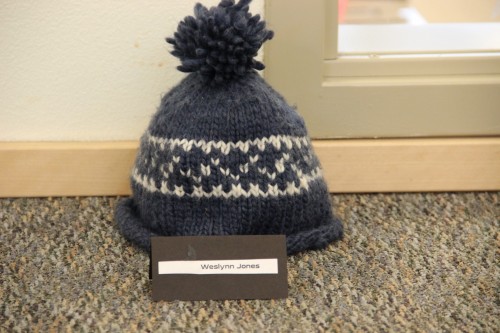
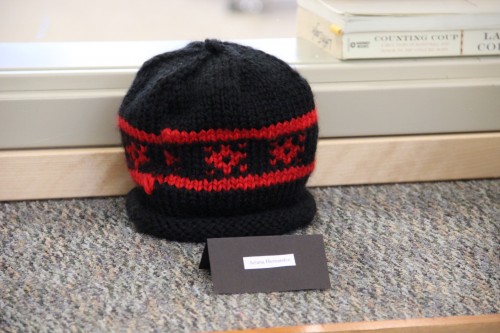
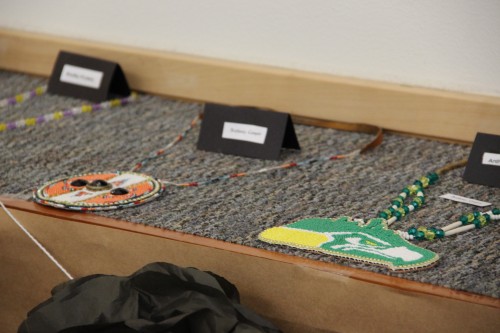
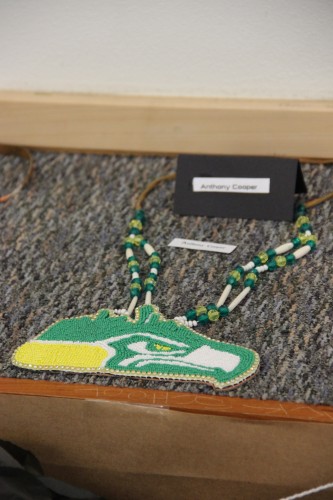

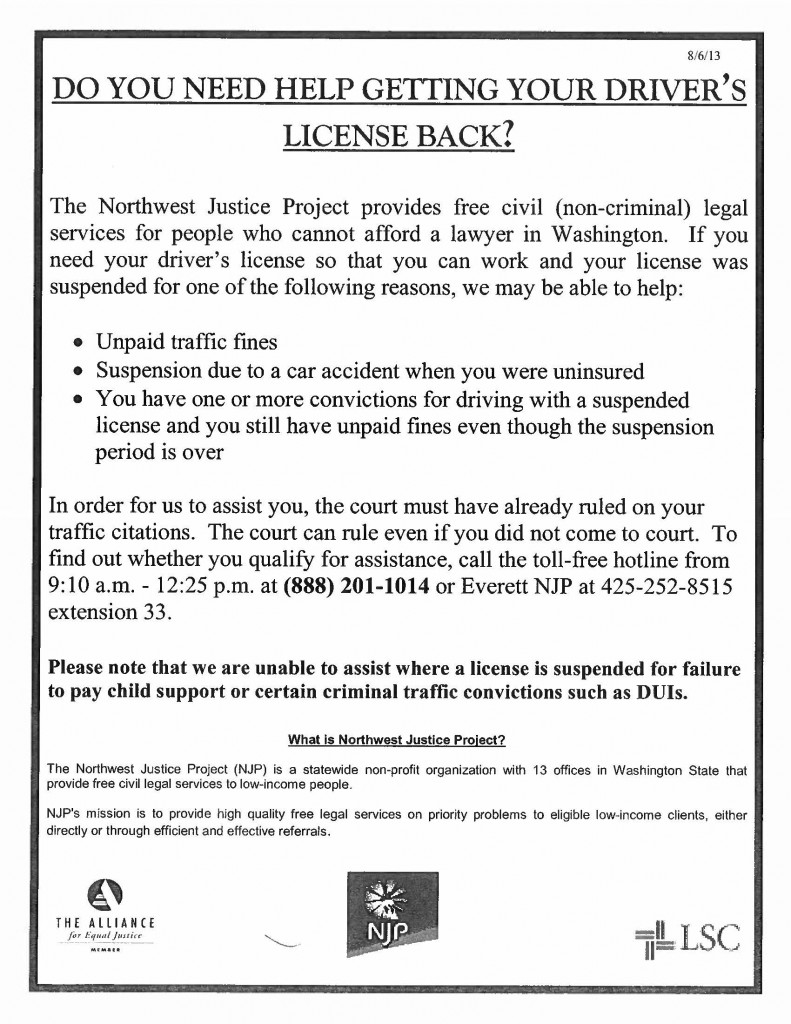

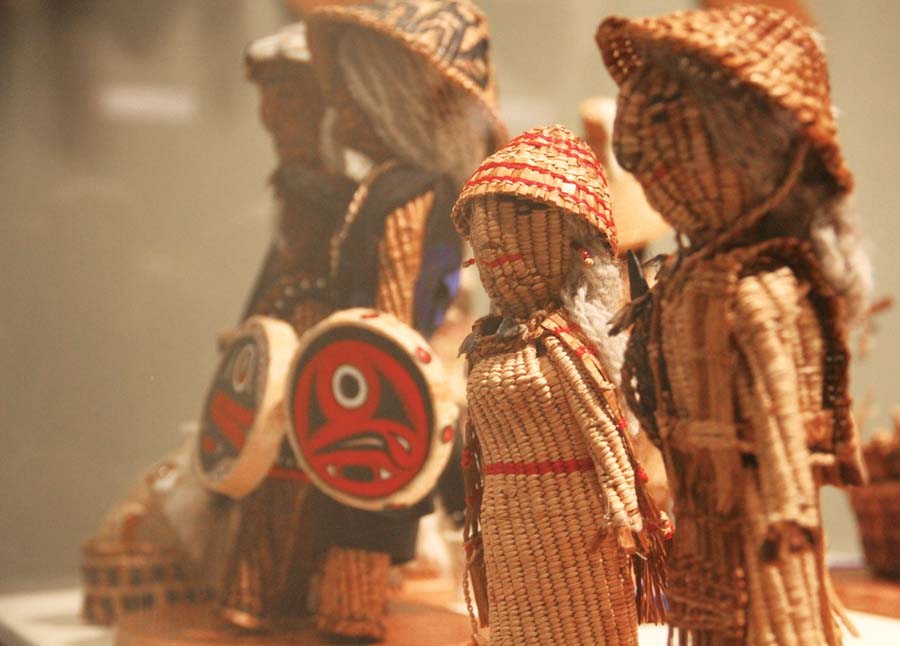
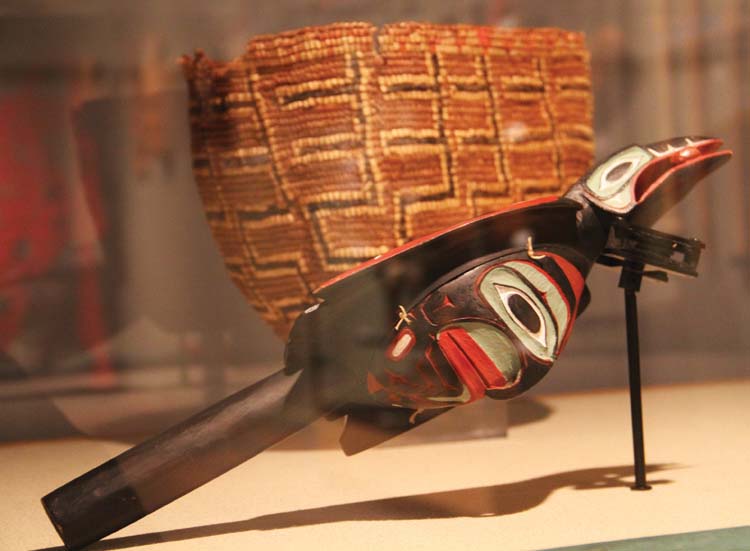
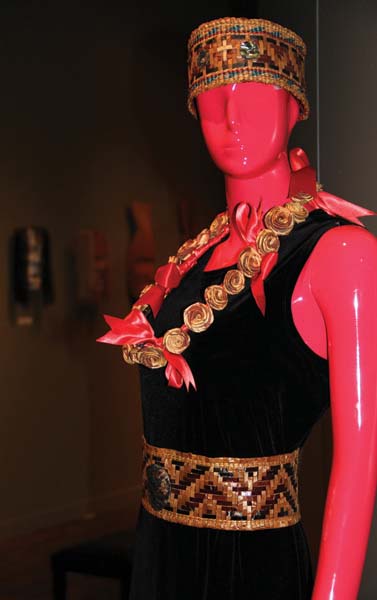
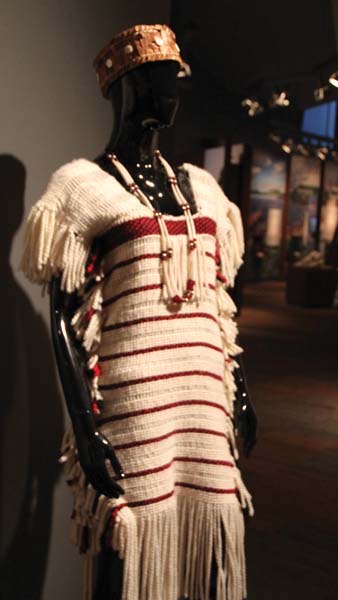


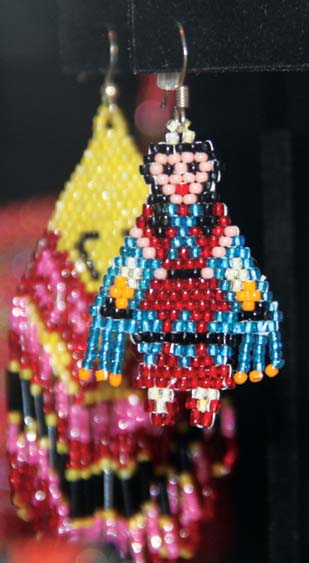
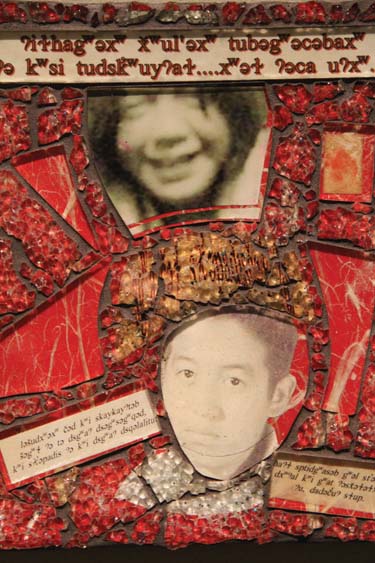
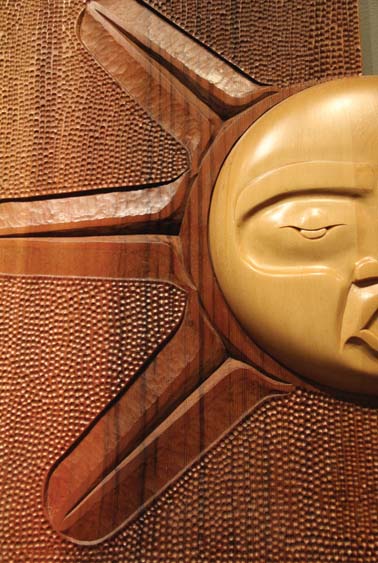







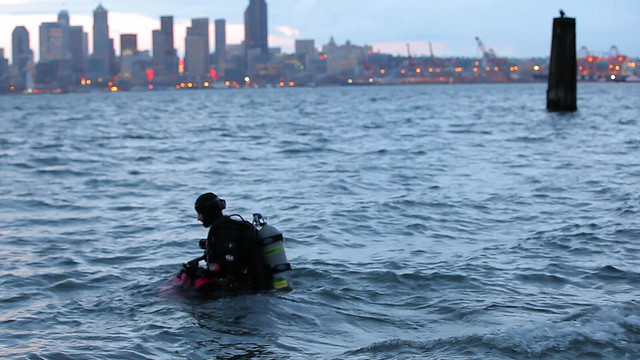

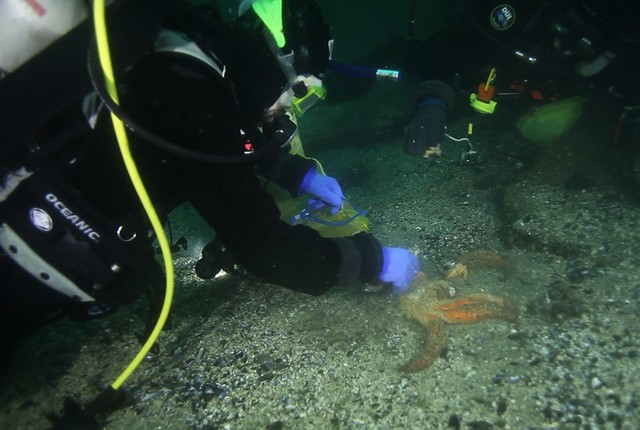
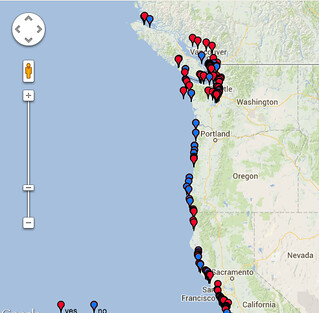
![The Intricate Beadwork of Jackie Larson Bread [10 Pictures]](https://www.tulalipnews.com/wp-content/uploads/2014/01/jackie-bread-featured-50x50.jpg)













